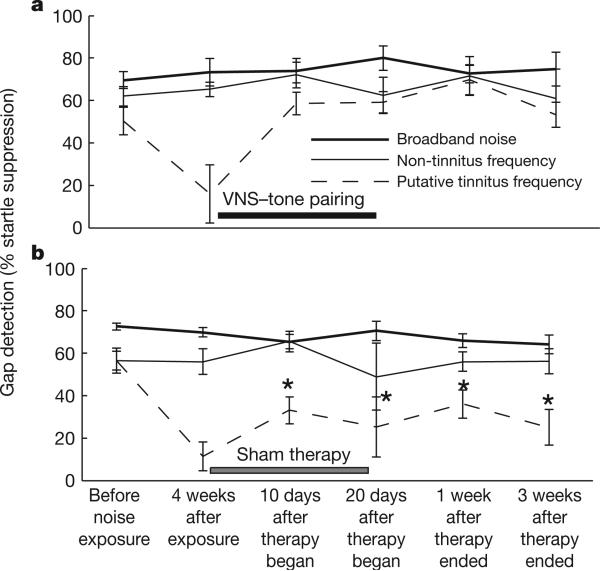Figure 2. VNS/multiple tone pairing eliminates the behavioural correlate of tinnitus.
Four weeks after noise exposure, each of the rats in both groups was unable to detect a gap in one or more of the narrowband noises tested (P > 0.05; Supplementary Fig. 8b). The frequency with the greatest impairment four weeks after noise exposure is the putative tinnitus frequency for each rat. For both groups, gap detection at the putative tinnitus frequency was significantly impaired in comparison to broadband noise (P < 0.05). The gap detection at the non-tinnitus frequency is based on gap detection in 16-kHz narrowband noise. a, Gap detection at the putative tinnitus frequency (dotted line) improved significantly after ten days of VNS–tone pairing, and the improvement persisted at least until the acute physiology experiment (n = 5 rats). b, The sham group (n = 9 rats) continued to be impaired. Two sham rats did not contribute data at the non-tinnitus frequency because they showed gap impairments at 16 kHz (as well as 8 and 10 kHz) four weeks after noise exposure. Black and grey horizontal bars represent duration of VNS and sham therapy, respectively. Asterisks represent significant differences (P < 0.05) in gap detection at the putative tinnitus frequency between VNS therapy and sham therapy rats. Error bars, s.e.m.

